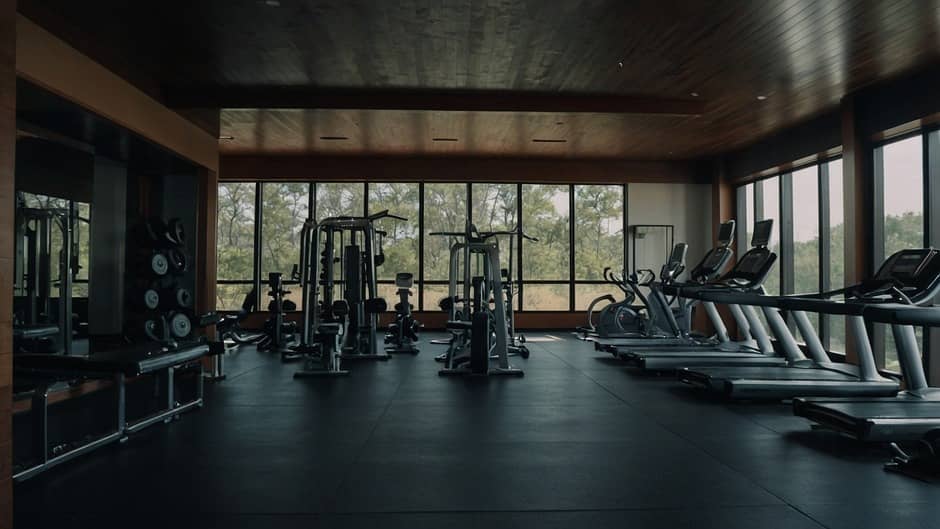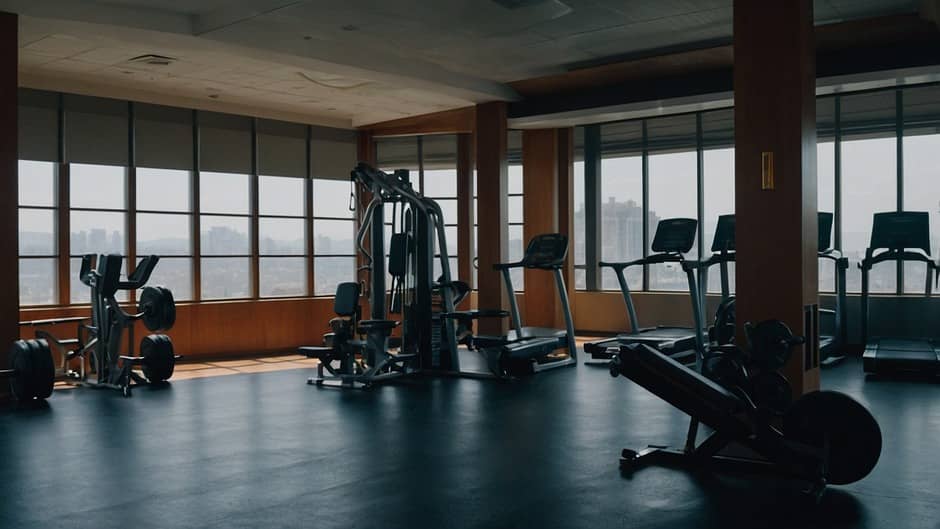Table of Contents
Importance of Warming Up
Consider your body as a potent engine.
You shouldn’t enter a weightlifting session without first warming up your body, much like you wouldn’t start a race car without first heating up the engine.
A crucial first step in preparing your muscles, joints, and cardiovascular system for an exercise is to warm up. Warming up increases your heart rate and blood supply to your muscles.
This increased blood flow gives your muscles more oxygen and nutrients, which improves their performance and reduces the chance of damage.
Let’s understand why is it important to warm up before exercise?
It’s like getting your muscles ready for work so they can perform even better and more securely.
Lightly strenuous exercises like running or jumping jacks should be a part of any good warm-up to get your blood flowing. Dynamic stretches, which are extensions that involve movement and resemble arm circles or leg swings, should be performed after this.
By combining cardio with movement-based stretching, you can get your muscles and joints ready for the tension that comes with lifting heavy objects.
Although it might seem like a good idea to skip the warm-up, doing so actually increases your chance of injury and decreases the effectiveness of your activity.
It’s similar to showing your body a little more love before you strain it too much.
Allowing those extra minutes to warm up properly ensures that your muscles are ready, reducing the risk of sprains and strains and paving the way for a safer and more beneficial workout.
What Are The Correct Safety Guidelines For Weight Training?
1. Warm Up Properly
It’s critical to warm up your muscles before doing heavy lifting.
Think of warming up before a drive like you would a motor. Your muscles and joints receive more blood flow during a proper warm-up, which prepares them for exercise.
Try your hand at using the treadmill for five to ten minutes, doing exercises like jumping jacks or running sets. Dynamic stretches, which are extensions that involve movement and resemble arm circles or leg swings, should come next.
If you warm up before your workout, it will be more efficient and injury-free.
It feels like a light push to get your body ready for action!
Also Read – What Can You Do To Save Energy And Nature? – What Is The Importance Of Protecting Our Environment? (2024)
2. Use Proper Technique
It’s critical to employ proper form when lifting weights.
Imagine that you are learning how to play a different game, and you want to practice the appropriate movements in order to play it well.
The same holds true for lifting weights. Make sure you are utilizing good form to enhance your workout and prevent injury. For example, when you squat, be sure your knees don’t go past your toes and your back is straight.
If you are unsure about your structure, it is a good idea to consult a coach or view instructional videos.
It’s like practicing proper technique when building a house—everything else depends on a strong foundation!
3. Start With Lighter Weights
Start with smaller loads if power lifting is new to you.
Learning to ride a bike with training wheels is a lot like getting ready for a big ride. With smaller weights, you can become accustomed to the movements and ensure that you’re performing them correctly.
Increase the load steadily as you become more grounded and amiable. This method reduces the risk of overstressing your muscles and helps you build strength safely.
You will discover that things that initially seemed heavy become easier to handle after a while!

4. Listen to Your Body
Pay attention to how your body feels both during and after your exercise.
Imagine your body as the dashboard of a car; if something is off, there’s plenty to be concerned about.
If you experience sudden, intense pain or discomfort, stop and take a break. While soreness in the muscles is common, discomfort may be a sign of an injury. Avoid trying to endure suffering; it’s wiser to take a break and seek help if needed.
By paying attention to your body and preventing injuries, you can maintain the safety and enjoyment of your workouts.
5. Maintain Control of the Weights
When lifting weights, exercise movement control at all times.
Think of it like driving a car; you wouldn’t want to take your hands off the wheel. Try not to let the loads fall too quickly or exert too much force lifting them. Rather, raise and drop the weights in a smooth, steady manner.
This control prevents accidents and ensures that your muscles are being used correctly.
If you keep control, you have a higher chance of making progress and preventing avoidable harm.
6. Breath Properly
One of the most important aspects of power lifting is correct breathing.
It helps all of that with seamless streaming, much like maintaining a steady rhythm when playing music. Take a breath in when you lower the weight and a breath out when you raise it.
Breathing correctly during exercise helps you maintain your strength and concentration. It also maintains your body’s high oxygen levels, which is important for muscle growth and repair.
If you are mindful of your breathing during your workouts, you will discover that they become more comfortable and efficient.
Also Read – How To Deal With Being Sad For No Reason? – A Short Guide to Dealing with Discouragement (2024)
7. Use a Spotter When Needed
Having a spotter when power lifting is like having a friend help you with a hard task.
A spotter is someone who stays behind to assist when necessary, especially when handling heavy loads or difficult tasks. They can provide support and help you lift the loads safely.
If you’re lifting a weight that you’re not sure you can manage by yourself, ask someone to watch you.
This additional support will allow you to focus on your workout without having to worry about being injured or stuck.
8. Avoid Overtraining
Exercise in and of itself is as crucial to the rest.
It’s similar to letting your muscles relax after a busy day. You’ve overtrained yourself if you exercise too frequently without allowing your body enough time to heal. This can lead to weariness, a decline in performance, and even injuries.
Prioritize leisure days and get lots of rest. To maintain your muscles strong and resilient, space out your workouts with enough rest periods. Remember that getting enough sleep enables your body to heal and rebuild itself, which is essential for advancement.
9. Stay Hydrated
Drinking adequate water is crucial when doing weight training.
Think of your body as a plant; in order for it to stay solid, you need to provide it with water.
Water supports muscular function, maintains energy levels, and aids in healing. Water is a great beverage to have before and after a workout. Drinking enough water is an easy but essential part of staying hydrated and effective during your preparation.
Dehydration can lead to fatigue and poor performance.
10. Wear Appropriate Gear
Finally, appropriate clothing has a significant impact.
Consider it analogous to selecting appropriate gaming hardware: it enhances your performance while ensuring your safety.
To protect your hands, think about using weightlifting gloves. You should also wear supportive, well-traction shoes. Coordinated and stable clothing also enables you to move freely and concentrate on your workout.
If you wear the right equipment, your training session will be safer and more effective.
Read us on Medium.




